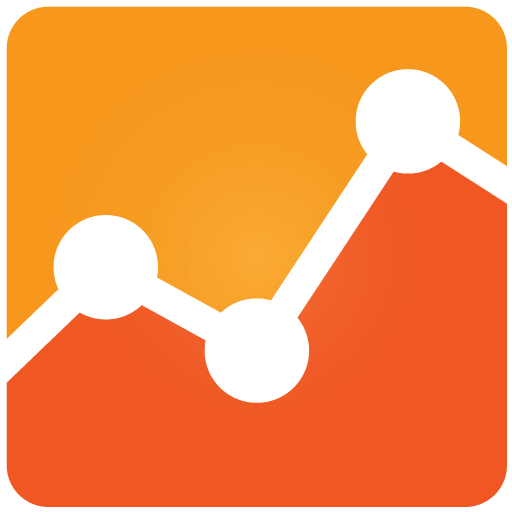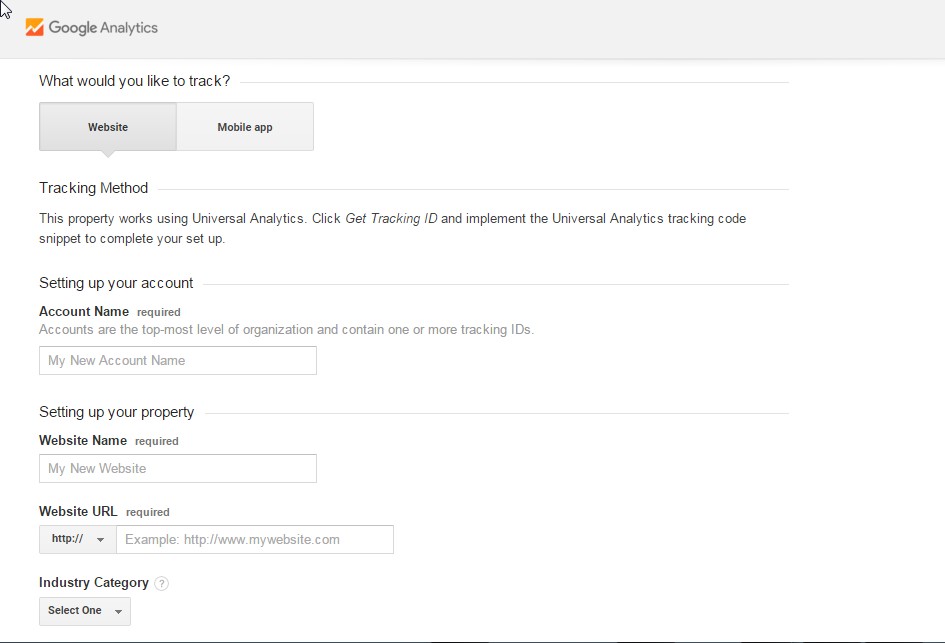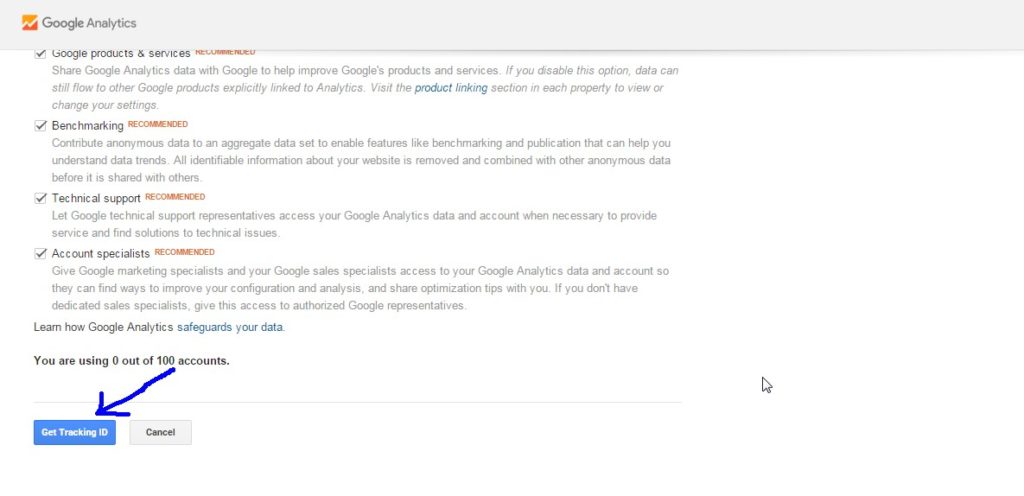What is Google Analytics?
Google Analytics is a freemium web analytics service offered by Google that tracks and reports website traffic. Google launched the service in November 2005 after acquiring Urchin. Google Analytics is now the most widely used web analytics service on the Internet.
Google Analytics is also offered in two additional versions: a subscription based Google Analytics Premium targeted at enterprise users and Google Analytics for Mobile Apps, an SDK that allows gathering usage data from iOS and Android Apps.

Google acquired Urchin Software Corp. in April 2005. Google’s service was developed from Urchin on Demand. The system also brings ideas from Adaptive Path, whose product, Measure Map, was acquired and used in the redesign of Google Analytics in 2006.
Google continued to sell the standalone, installable Urchin WebAnalytics Software through a network of value-added resellers until discontinuation on March 28, 2012.
The Google-branded version was rolled out in November 2005 to anyone who wished to sign up. However, due to extremely high demand for the service, new sign-ups were suspended only a week later. As capacity was added to the system, Google began using a lottery-type invitation-code model.
Prior to August 2006 Google was sending out batches of invitation codes as server availability permitted; since mid-August 2006 the service has been fully available to all users – whether they use Google for advertising or not.
The newer version of Google Analytics tracking code is known as the asynchronous tracking code, which Google claims is significantly more sensitive and accurate, and is able to track even very short activities on the website.
The previous version delayed page loading and so, for performance reasons, it was generally placed just before the body close HTML tag. The new code can be placed between the HTML head tags because, once triggered, it runs in parallel with page loading.
In April 2011 Google announced the availability of a new version of Google Analytics featuring multiple dashboards, more custom report options, and a new interface design. This version was later updated with some other features such as real-time analytics and goal flow charts.
In October 2012 the latest version of Google Analytics was announced, called ‘Universal Analytics‘.
The key differences from the previous versions were: cross-platform tracking, flexible tracking code to collect data from any device, and the introduction of custom dimensions and custom metrics.
Steps to get GA Code from Analytics Account.
- Sign-up to https://www.google.com/analytics/
- Enter details to create accounts in google analytics.

- Click on get Tracking ID.

- After that it will lead to page where you can see Google Analytics code. Copy the GA code and add it to all page of your website inside HEAD Tag.
If you have already create GA account then Click on Admin(on top)-> Tracking Info-> Tracking Code

In later posts , I will describe other essential features of Google Analytics
Pingback:How to add Google Analytics in Opencart | Notes on Click
Pingback:How To Add Google Analytics In Volusion | Notes On Click
Pingback:How to add Analytics Ecommerce Tracking in Volusion Ecommerce | Notes on Click
Hi-ya, neat site you’ve gotten going here, nice info help me understand google analytics
Pingback:Google Analytics Code in BigCommerce | Notes on Click
Good blog! I really love how it is easy on my eyes and the data are well written. I’m wondering how I might be notified whenever a new post has been made. I’ve subscribed to your RSS which must do the trick! Have a nice day!